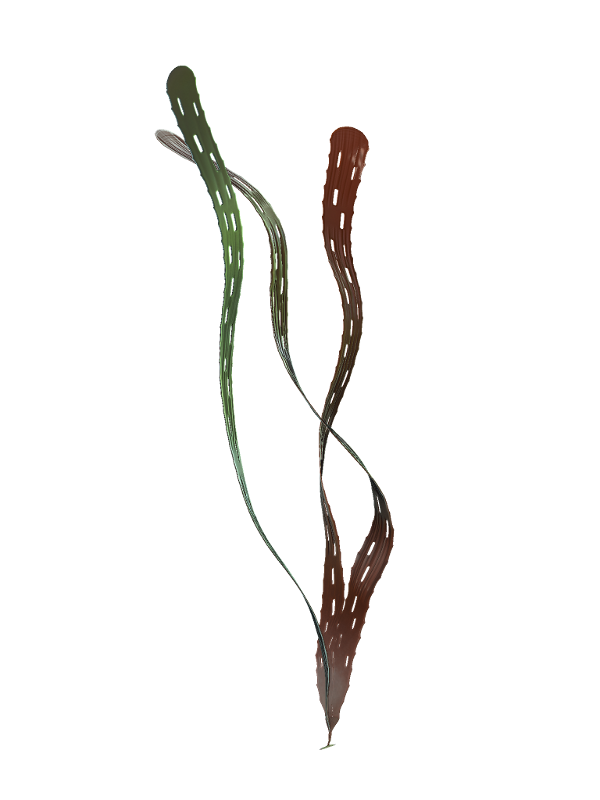|
Orthotheca
''Orthotheca'' is a genus of sessile bottom-dwelling hyolith Hyoliths are animals with small conical shells, known as fossils from the Palaeozoic era. They are at least considered as lophotrochozoan, and possibly being lophophorates, a group which includes the brachiopods, while others consider them as be .... References Prehistoric protostome genera Paleozoic invertebrates Cambrian first appearances Early Devonian genus extinctions {{Paleo-protostome-stub ... [...More Info...] [...Related Items...] OR: [Wikipedia] [Google] [Baidu] |
Hyolith
Hyoliths are animals with small conical shells, known as fossils from the Palaeozoic era. They are at least considered as lophotrochozoan, and possibly being lophophorates, a group which includes the brachiopods, while others consider them as being basal lophotrochozoans, or even molluscs. Morphology The shell of a hyolith is typically one to four centimeters in length, triangular or elliptical in cross section. Some species have rings or stripes. It comprises two parts: the main conical shell (previously referred to as a ‘conch’) and a cap-like operculum. Some also had two curved supports known as ''helens'' They are calcareous – probably aragonitic All of these structures grew by marginal accretion. Shell microstructure The orthothecid shell has an internal layer with a microstructure of transverse bundles, and an external layer comprising longitudinal bundles. Helens Some hyoliths had helens, long structures that taper as they coil gently in a logarithmic spira ... [...More Info...] [...Related Items...] OR: [Wikipedia] [Google] [Baidu] |
Orthothecidae
The orthothecids are one of the two hyolith orders. Marek diagnoses the order thus: Conchs with a flat or concave ventral surface — opercula with large, flat cardinal processes but without clavicles – tightly sigmoidal, sediment-filled intestine – helens absent. Sometimes the Circothecidae and Tetrathecidae are split out into a separate order 'Circothecida', which is defined by the bottom surface not being flat, the cardinal processes being pronounced, and a circular rim sometimes showing hints of differentiation into clavicles. Internal taxonomy Marek gives the following diagnoses: * Orthothecidae: Flat or concave bottom surface of conical shell. Transverse aperture. Kouchinsky lists the following taxonomic criteria: * Circothecidae: circular cross-section; same shape and sculpture on upper and lower surfaces. * Turcurthecidae: oval or lenticular cross-section; top and bottom identical * Allathecidae: top side flat or slightly convex; bottom side convex Elsewhere ... [...More Info...] [...Related Items...] OR: [Wikipedia] [Google] [Baidu] |
Prehistoric Protostome Genera
Prehistory, also known as pre-literary history, is the period of human history between the use of the first stone tools by hominins 3.3 million years ago and the beginning of recorded history with the invention of writing systems. The use of symbols, marks, and images appears very early among humans, but the earliest known writing systems appeared 5000 years ago. It took thousands of years for writing systems to be widely adopted, with writing spreading to almost all cultures by the 19th century. The end of prehistory therefore came at very different times in different places, and the term is less often used in discussing societies where prehistory ended relatively recently. In the early Bronze Age, Sumer in Mesopotamia, the Indus Valley Civilisation, and ancient Egypt were the first civilizations to develop their own scripts and to keep historical records, with their neighbors following. Most other civilizations reached the end of prehistory during the following Iron Age. T ... [...More Info...] [...Related Items...] OR: [Wikipedia] [Google] [Baidu] |
Paleozoic Invertebrates
The Paleozoic (or Palaeozoic) Era is the earliest of three geologic eras of the Phanerozoic Eon. The name ''Paleozoic'' ( ;) was coined by the British geologist Adam Sedgwick in 1838 by combining the Greek words ''palaiós'' (, "old") and ''zōḗ'' (), "life", meaning "ancient life" ). It is the longest of the Phanerozoic eras, lasting from , and is subdivided into six geologic periods (from oldest to youngest): # Cambrian # Ordovician # Silurian # Devonian # Carboniferous # Permian The Paleozoic comes after the Neoproterozoic Era of the Proterozoic Eon and is followed by the Mesozoic Era. The Paleozoic was a time of dramatic geological, climatic, and evolutionary change. The Cambrian witnessed the most rapid and widespread diversification of life in Earth's history, known as the Cambrian explosion, in which most modern phyla first appeared. Arthropods, molluscs, fish, amphibians, reptiles, and synapsids all evolved during the Paleozoic. Life began in the ocean but ev ... [...More Info...] [...Related Items...] OR: [Wikipedia] [Google] [Baidu] |
Cambrian First Appearances
The Cambrian Period ( ; sometimes symbolized Ꞓ) was the first geological period of the Paleozoic Era, and of the Phanerozoic Eon. The Cambrian lasted 53.4 million years from the end of the preceding Ediacaran Period 538.8 million years ago (mya) to the beginning of the Ordovician Period mya. Its subdivisions, and its base, are somewhat in flux. The period was established as "Cambrian series" by Adam Sedgwick, who named it after Cambria, the Latin name for 'Cymru' (Wales), where Britain's Cambrian rocks are best exposed. Sedgwick identified the layer as part of his task, along with Roderick Murchison, to subdivide the large "Transition Series", although the two geologists disagreed for a while on the appropriate categorization. The Cambrian is unique in its unusually high proportion of sedimentary deposits, sites of exceptional preservation where "soft" parts of organisms are preserved as well as their more resistant shells. As a result, our understanding of the Cambrian bio ... [...More Info...] [...Related Items...] OR: [Wikipedia] [Google] [Baidu] |



